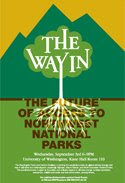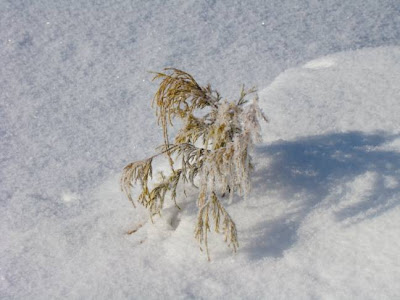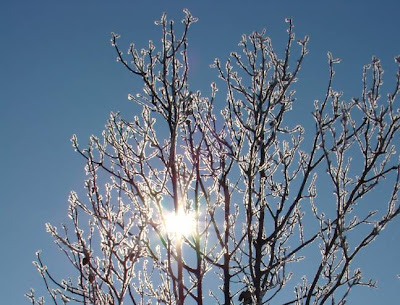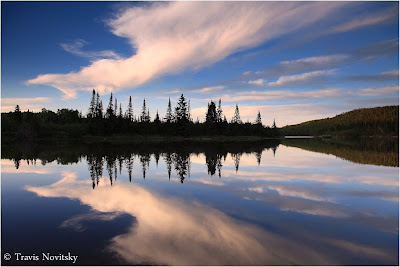
I've wanted to try a bicycle with a belt drive for some time, but they are not exactly mainstream around these parts. So when I saw a belt drive
SevenCafe Racer in my size at theRide Studio Cafelast week, I seized the opportunity and took it out for a ride. The belt drive Cafe Racer is a single speed version ofthis bike, one of
Seven's commuter models. I will save my impressions of the bicycle itself for a different post, focusing for now on my impressions of this unique drivetrain.
The belt drive is a product called theGates Carbon Drive-a polyurethane belt that replaces a traditional bicycle chain. Unlike a bicycle chain, the belt does not need to be oiled or otherwise maintained, which also means that it won't get the cyclist's clothing dirty. It is said to be longer lasting than a traditional chain. And it is silent. For these reasons, many praise the belt drive as a revolutionary innovation in cycling - particularly cycling for transportation.

On the downside, the belt drive requires a dedicated split-frame construction; it cannot just be retrofitted on any old bike. This is because the belt itself, unlike a traditional bicycle chain, cannot be split apart. In the picture above you can see that the seatstay of the
Seven frame disconnects from the dropouts to make the belt installation possible (and that is a Surly Tuggnut chain tensioner they are using, in case you are wondering).

The belt's unique groove structure also requires it to be used with belt drive-specific front and rear pulleys instead of traditional chainrings and rear cogs. It is, however, compatible with standard cranks and hubs. The drive can be used with single speed and internally geared hubs, but not with derailleur drivetrains. As I understand it, it can be used with fixed gear and coaster brake bikes, as long as hand-activated brakes are present.

I rode thebelt drive Cafe Racer for 5 miles or so along the Minuteman Trail in Lexington and Bedford MA. Compared to a traditional chain, the belt felt smoother and "softer." It was a neat sensation, distinctly different from cycling with a normal drivetrain. On first impression, I would say that it felt nicer. Although some describe the belt as silent, I would not say that exactly. It was definitely quieter than even the quietest traditional chain. But it made a gentle "swooshing" sound that I could hear whenever my surroundings grew silent. Additionally, I am pretty sure that I could feel something happen in the drivetrain at the end of every crank rotation. It was the subtlest of sensations, but definitely there. It was almost as if the belt had a seam in it, and I could feel when that seam went over one of the pulleys.
To be clear, neither the "seam" nor "swooshing" were something I would have noticed, had I not been intentionally paying very close attention and trying to take in every single aspect of the belt drive experience. They were more like ghostly traces than full-fledged sensations.

Prior to trying the belt drive myself, I'd read and heard a number of impressions from others. Alan from ecovelo is probably the "king" of belt drive test rides; he has tried at least half a dozen different bikes with this system and loves it. On one of his personal bikes, the belt drive has worked reliably for him for some time. Others (including commentators on
ecovelo posts and persons I've spoken to locally) have reported a number of issues, such as squeaking noises, the belt slipping, and the system performing sub-optimally in winter conditions. I think that in order to get the big picture of how the belt drive performs, we need to wait until more cyclists use it for considerable periods of time, in different climates and weather conditions, and on a variety of bikes.
Next month I will be receiving another bicycle for a long term test ride that also happens to have a belt drive. No doubt I will have more to say after a few weeks of real-world experience with the system; maybe it will even start snowing by then. In the meantime, I am glad to have tried it on a different bicycle first - having done so will allow me to separate the feel of the belt itself from the feel of the specific bike. As far as first impressions go, mine are positive and I would love to see a classic city bicycle fitted with the
GatesCarbon Drive... speaking of which, why do we never see that? The belt drive seems best suited for everyday commuting, yet most bicycles I see fitted with it are "weird" and "techy," if you'll pardon that biased terminology. An elegant belt drive city bicycle would be a delight to try.
 The topic of climate change took exceptional relevance here at Mount Rainier after the
The topic of climate change took exceptional relevance here at Mount Rainier after the  September 3, along with a panel of experts in climate change, outdoor recreation, economics, wildlife and roads and trail construction (among others). The evening's event, co-hosted by the
September 3, along with a panel of experts in climate change, outdoor recreation, economics, wildlife and roads and trail construction (among others). The evening's event, co-hosted by the 










 Albion, Indiana ~ January 20, ..
Albion, Indiana ~ January 20, ..


